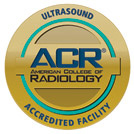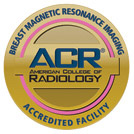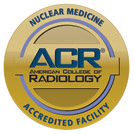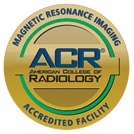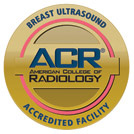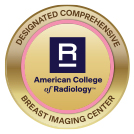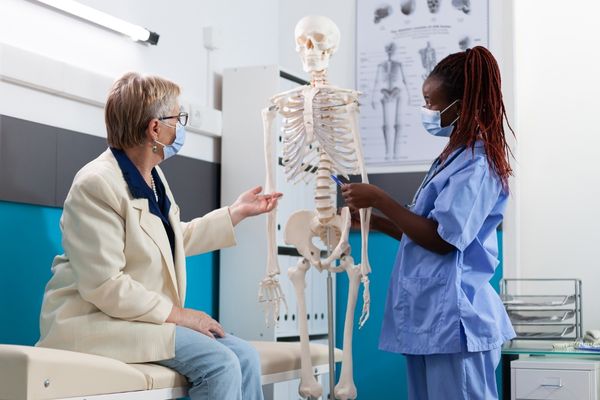
What Is a Bone Density Test?
Bone density tests can detect weakened bones and if a bone will break before an incident occurs. Results show if you already have osteoporosis or normal to low bone density. Based on the findings, your doctor may recommend treatments to prevent future bone fractures.
Patients with osteoporosis may be asked to periodically undergo bone density tests to see if treatment is working or a certain bone is at higher risk to break in the future.
Two basic tests are performed:
- Central DXA: Recommended for the hip, spine or forearm, this test uses dual energy X-ray absorptiometry technology. It focuses on the areas that tend to experience broken bones first and result in more debilitating injuries.
- Screening or Peripheral Tests: If Central DXA technology is not available, your doctor may recommend a test on the lower arm, kneecap, finger, wrist or heel using peripheral dual energy X-ray absorptiometry, quantitative ultrasound or peripheral quantitative computed tomography. These tests can provide further insight into the effectiveness of an osteoporosis treatment plan.
During a bone density test, you will lie on a padded table as imaging equipment passes over your body, typically for no longer than 15 minutes.
Preparation is also minimal. You should avoid taking a calcium supplement for at least one day before and are advised to inform the technologist if you recently underwent an imaging exam involving oral contrast.
Following the test, you will receive two scores measuring your bone density:
- T-score assesses your bone density against a typical adult, based on sex. A rating of -1 or higher is considered normal range. A score of -2.5 or lower indicates you may have osteoporosis.
- Z-score is a standard deviation based on the bone density someone your age should have.
While a bone density test provides crucial information, results are not absolute. They may not be accurate for someone with scoliosis or another spinal abnormality. Due to the low-level radiation exposure, this test is not recommended for pregnant women.
Why Your Doctor May Request a Bone Density Test
For diagnostic purposes, your doctor may request you undergo a bone density test if you:
- Are a woman 65 years or older
- Are a man 70 years or older
- Recently broke a bone and you’re 50 years or older
- Are experiencing menopause or are post-menopausal
- Are a man with a family history of this condition
- Had a recent X-ray for back pain that indicated bone loss or a break in your spine
- Have lost a half inch of height or more over the past year or your height has declined at least 1.5 inches
- Recently fractured a bone, including after a cough or sneeze
- Have been on steroids for a longer-than-average amount of time
- Experienced a drop in hormone levels due to cancer treatments
If you’re diagnosed with osteoporosis, no clear consensus exists concerning follow-up scans. The National Osteoporosis Foundation recommends patients have a Central DXA test every two years or one year after starting a new treatment plan. Meanwhile, the American Medical Association states that follow-up tests should be done every three years, as bone density changes are typically gradual.
Has your doctor recommended a bone densitometry (DEXA) scan? Contact Midstate Radiology Associates to make an appointment today.

